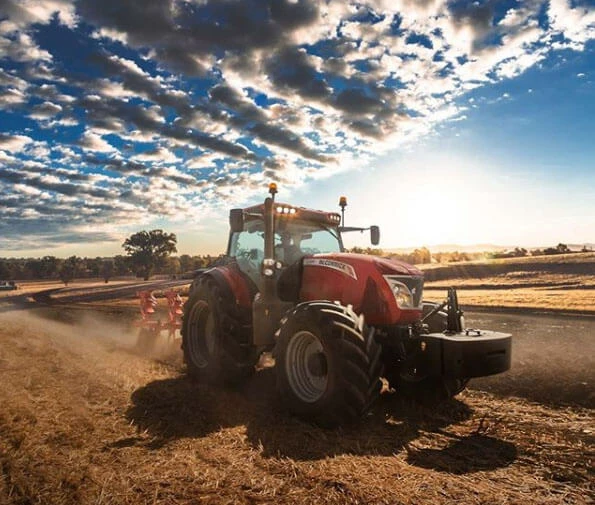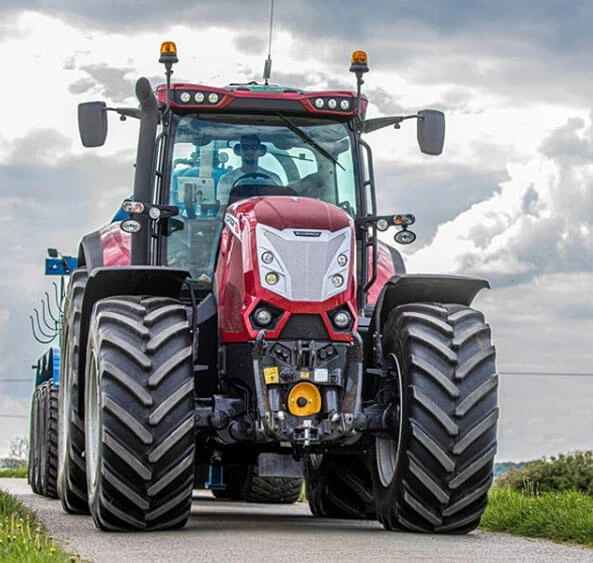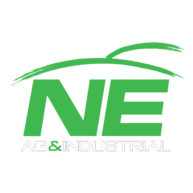Have you ever wondered how Tractors work in the field of the agricultural industry? If yes, you may be wondering how they work in the paddock, how they contribute to the growing of crops, how their features work?
Machines That Are Built For Your Farming Needs.
Small built tractor for small environments, this type of tractor is mainly used for easy gardening works such as maintaining garden and grass areas as they are commonly found with mid mount mowers. They are usually designed to have a lower horsepower because of their ability to work on smaller scale properties. A lighter machine for a lesser footprint.
- Utility Tractor
A general-purpose machine, this type of tractor is designed for every day use around the farm. Utility Tractors usually have a horse power range from 45 HP to 120 HP because of their maneuverability but still with enough power to get the job done.

- Open Farming/Large Scale Tractors
A tractor for pulling heavy equipment such as medium to large seeders, square and round balers, and in some instances forage harvester wagons depending on the type of farm that is run. This size machine is most commonly found on medium-large dairy farms and beef and sheep farms. Horse power ranging from 120hp to 180hp.

Specially made for orchards, this type of tractor is designed for low center gravity and the majority of the time are width restricted for ease of use in orchard rows for less contact on the trees and vines. These can be found in 2WD or 4WD, and also in ROPS and cabin. Spraying tractors are generally cabin tractors due to the safety of the operator when spraying

are designed for planting and maintaining crops on farms. A row crop tractor can sow crops in rows wide enough to allow it to be tilled or otherwise cultivated by agricultural machinery to limit damage and therefore receive the utmost productivity and maximizing your returns. Row crop tractors may be used for power-harrowing, speed discing, seeding and most importantly, spraying.

Which Tractor is Better?
Depending on your Farming Needs/Agricultural Needs, you should always know your main goal or specific task to maximize the usability and efficiency of the tractor that you choose.
Always remember the following priorities when you’re confused about picking the right tractor for you.
Choose Based On
- Top Priority Task
- Budget
- Area or size of Environment to work with
- 4Wheel Drive or 2Wheel Drive Tractor
- Cabin or ROPS
- Horse Power (HP)
Once you’ve gathered all the information you need, then it’s time to test drive a few and ensure you are comparing ‘apples for apples’.
Always keep in mind that regular maintenance is a key factor to ensuring your tractor lasts for a very long time.
